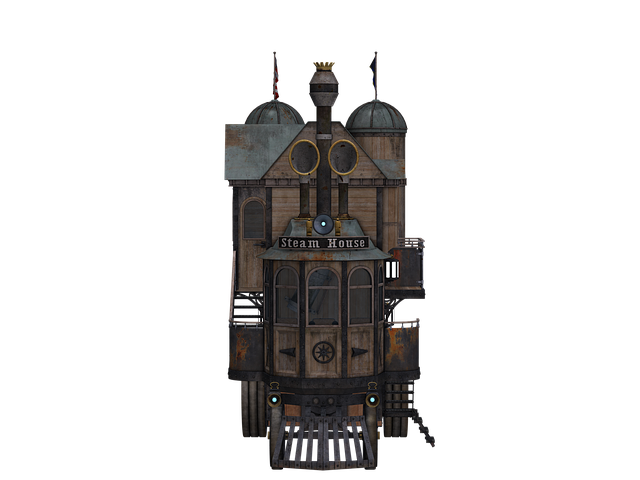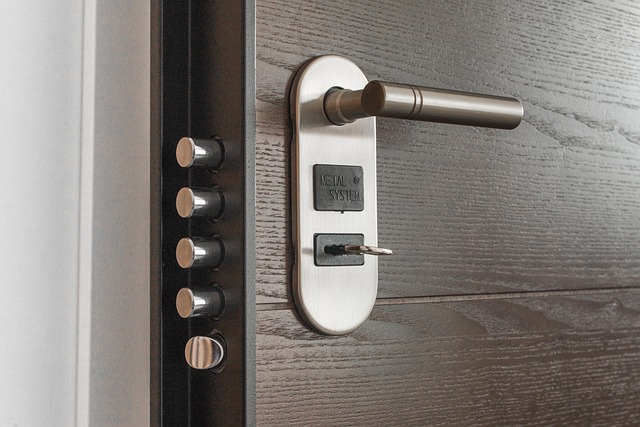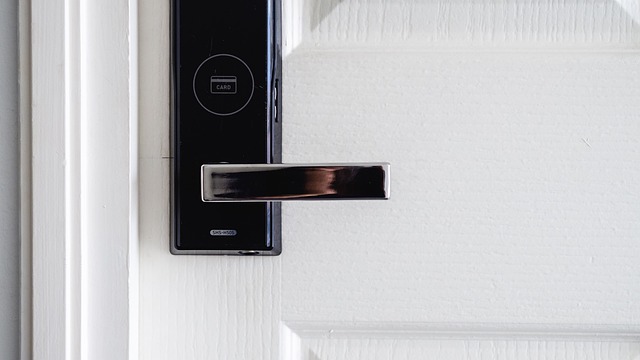Child-safe home alarms enhance family security by combining advanced technology with kid-friendly features, like adjustable sensitivity settings, motion detection zones, and customizable alerts. These systems, which include passive infrared (PIR) and microwave sensors, foster personal safety awareness in children while allowing them to explore freely. Parents gain peace of mind through easy-to-use controls and remote monitoring, ensuring prompt response to any issues. Setting up these alarms involves strategic sensor placement and app-based customization for tailored security based on home layout and child's routine, minimizing false alarms and maximizing safety as the child grows. Regular testing and battery maintenance are crucial for optimal performance.
Introducing our comprehensive guide on transforming your family home with child-safe motion sensors, a crucial addition to any parent’s arsenal for peace of mind. Discover the benefits and key features of these innovative home alarm systems designed specifically for kids’ safety. Explore various motion sensor types suitable for different spaces, from advanced smart sensors to basic passive infrared models. Learn how to set up and customize these systems, ensuring optimal protection without compromising comfort. Plus, find expert tips on maintenance and monitoring for a secure family environment.
- Understanding Child-Safe Home Alarms: Benefits and Features
- Types of Motion Sensors for Family Homes: Options to Consider
- Setting Up and Customizing Child-Safe Motion Sensor Systems
- Ensuring Peace of Mind: Tips for Maintaining and Monitoring Your System
Understanding Child-Safe Home Alarms: Benefits and Features

Child-safe home alarms offer a range of benefits for families, ensuring peace of mind while also instilling a sense of security in children. These advanced systems are designed to detect and respond to unusual movements or activities within a household, with special consideration given to avoid false triggers that might alarm kids during their playtime. Features like adjustable sensitivity settings, motion detection zones, and customizable alerts allow parents to tailor the alarms to their specific needs and routines.
By integrating child-safe home alarms, families can foster an environment where children learn about personal safety without constant supervision. These systems enable kids to explore while providing a layer of protection against potential hazards or intruders. With easy-to-use controls and remote monitoring capabilities, parents can rest assured that their homes are protected, knowing they can quickly respond to any issues that arise.
Types of Motion Sensors for Family Homes: Options to Consider

In family homes, selecting the right motion sensors is key to achieving both security and peace of mind, especially with child safety as a top priority. There are several types available in the market, each with unique features tailored to different needs. Passive infrared (PIR) sensors are common choices due to their ability to detect heat signatures, ideal for capturing human movement without false alarms caused by pets or drafts. These sensors can be programmed with child-safe settings, allowing them to respond only to certain behaviors and speeds, ensuring a secure environment for kids.
Another option is using microwave motion sensors, which emit microwaves to detect moving objects. They are highly sensitive and can trigger alarms at various sensitivity levels, making them versatile for different rooms. Advanced models often include features like adjustable sensitivity zones, allowing you to customize the coverage area and exclude specific zones where children play frequently. This ensures that alarms are triggered only when necessary, reducing false alerts while maintaining home security with child-safe home alarms.
Setting Up and Customizing Child-Safe Motion Sensor Systems

Setting up and customizing child-safe motion sensor systems is a straightforward process designed to give parents peace of mind. These advanced home alarm systems are tailored for families, ensuring both security and child safety. Installation typically involves placing sensors at strategic locations like doorways, windows, and staircases, covering common areas where children may access or wander off unsupervised. Many modern systems offer app-based controls that allow parents to adjust sensitivity levels, create custom zones, and receive instant alerts when motion is detected.
Customization options empower parents to tailor the settings according to their home layout and child’s routine. They can set specific times for heightened sensitivity during nap times or bedtime, ensuring false alarms are minimized while maintaining safety. Additionally, some systems include features like delayed arming, allowing parents a brief delay before the alarm engages, providing time to quietly enter or exit a room. This flexibility ensures a secure environment that grows with the child’s development.
Ensuring Peace of Mind: Tips for Maintaining and Monitoring Your System

Ensuring peace of mind is paramount when it comes to installing and maintaining child-safe home alarms. Regularly test your motion sensors to guarantee they’re functioning optimally. This involves simulating various scenarios, such as moving through different rooms, to confirm accurate triggers. Additionally, keep an eye on battery life and replace batteries promptly to avoid any false alarms or system failures.
Monitoring your system is another key aspect. Familiarize yourself with the accompanying app or control panel, enabling you to receive alerts in real-time when sensors are triggered. This allows for swift responses, whether it’s a genuine security breach or a curious child setting off an alarm accidentally. Regularly review these alerts and adjust settings as needed to maintain a secure and child-safe home environment.
Motion sensors with child-safe settings are an excellent way to secure your family home without causing panic or distress for young ones. By understanding the benefits, exploring various sensor types, and customizing your system, you can create an environment that’s both safe and comfortable for everyone. Regular maintenance and monitoring ensure peace of mind, knowing your family is protected. Implement these simple steps, and you’ll have taken a significant step towards a more secure and child-friendly home.
